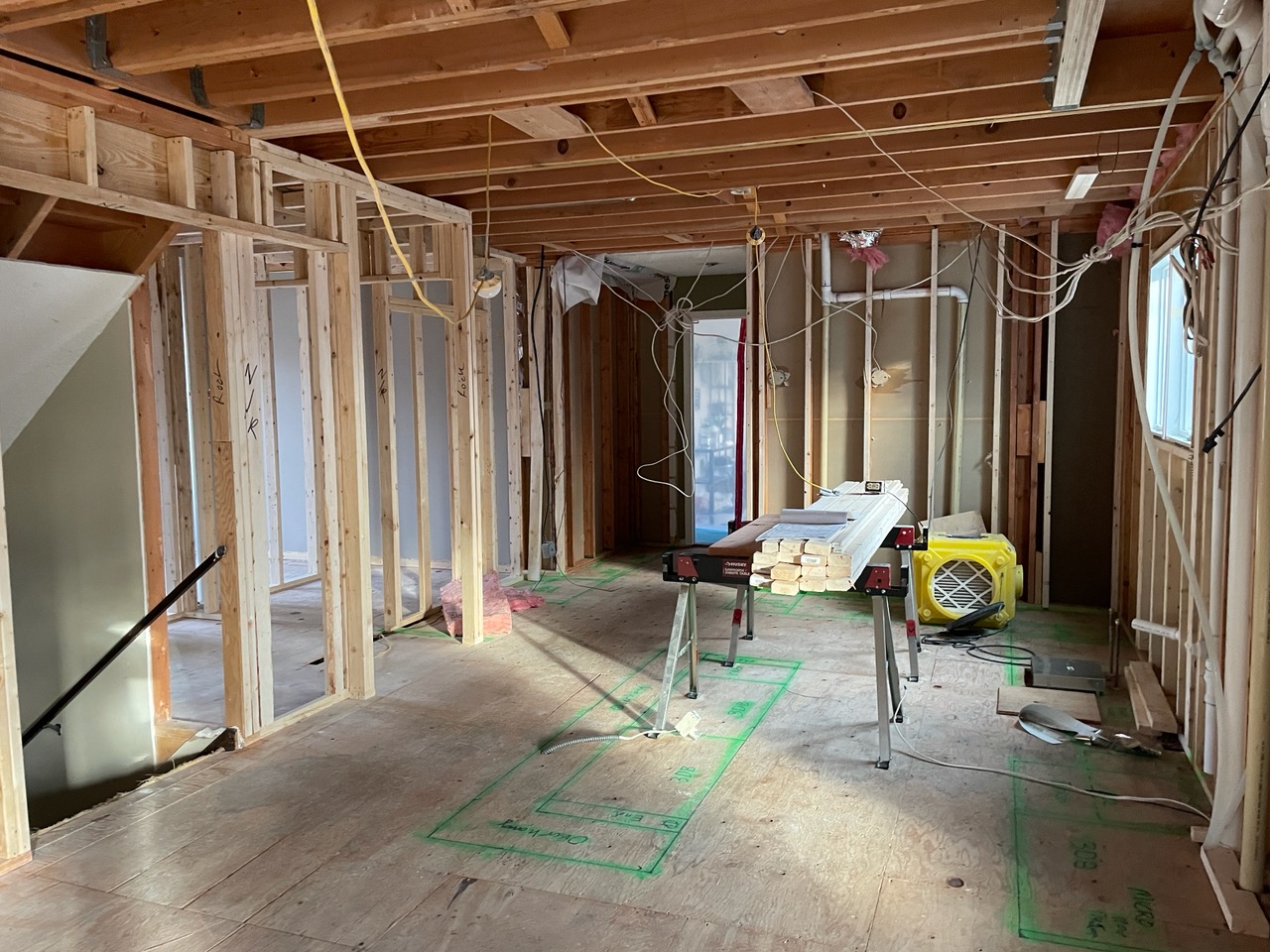Caulking in the fall as part of your winter preparations can protect your home from long-term, internal damage. While caulking isn’t an activity most homeowners look forward to, it can help seal gaps where water and snow can seep in. Caulking should be deliberate and done within certain temperature ranges.
“A good caulk job is inexpensive, easy to do, and provides valuable results,” according to Paul Schmidt, one of AMEK’s co-owners who specializes in exterior projects.
If you notice rot or discolored areas under windows or doors, there’s a good chance you have a problem with how the exterior cladding system has been integrated together. If installed properly, the siding, stucco, or stone/brick should work together with windows and doors to shed water and moisture. Some of this actually occurs behind the siding or stucco and around windows and doors if flashing is done properly. When, the water gets trapped, it can deteriorate the studs, sill plates, and insulation between your walls, attic and floors causing structural damage and mold which can impact your family’s health.
Because caulking is part of this integrated system, where and how you caulk is important.
“Contrary to what most people think, caulking should not usually be applied over any horizontal plane such as the top of a window or door – if the flashing is placed correctly at that intersection,” said Paul. “Caulking should be done at the corners and the sides of windows, doors, chimneys etc. to prevent water from going behind those seams.”

Ideally, there should be a slight gap between two surfaces for the caulk to “fit into” to help seal. “It’s important to have this gap filled with caulk because it helps adjust for the varying expansion and contraction rates of the two abutting surfaces (i.e. brick & siding or vinyl & stucco),” Paul noted.
Here’s some information and tips to help guide you.
- For outdoor use, select a caulk that is made out of polyurethane or silicone (not paintable) and the color that best matches – white, tan, black, clear – the area you are caulking. If you don’t have a good caulking gun, purchase a new one.
- Optimum temperatures to do exterior caulking is above 50 degrees
- Remove old caulk and clean off residue
- Use an utility knife to tip at an angle.
- Have a damp towel or rag nearby.
- Use tape if desired for clean edges
- Caulk vertical surfaces from the top down.
- Keep caulking gun at a 45-degree angle when possible.
- If you mess up, let it dry a bit until it’s tacky and then remove and retry.
If you decide caulking is out of your realm, consider hiring a company who specializes in caulking or someone who is skilled at it. “Paying someone is a worthwhile investment rather than ignoring it since water intrusion can cause significant damage” said Paul. “Caulking isn’t a cure-all either if water has penetrated the home’s exterior envelope repeatedly over time.”
If water intrusion is suspected, consider calling AMEK or a moisture testing company to evaluate your home. The longer homeowners wait to address the issue, the more significant and extensive the damage can be.
“I’ve worked on homes with damage from several thousand dollars to over a $100,000 because there were breakdowns in how the exterior cladding was integrated,” Paul said.
To learn about how your home’s envelope works, check this link out:
https://mn.gov/commerce/energy/izmages/Building-Envelope-Guide.pdf



